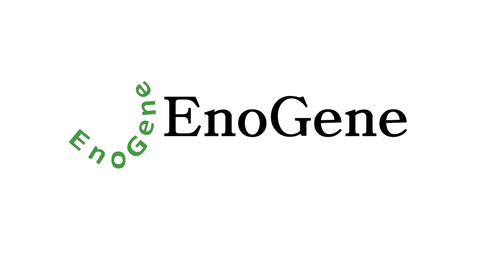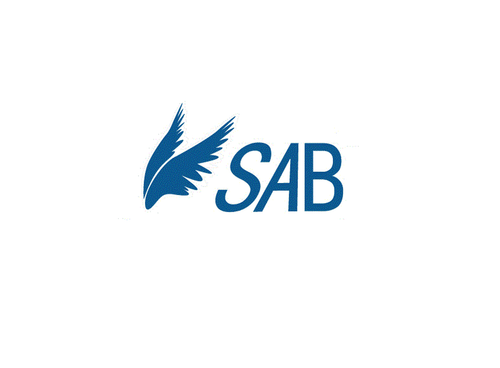Product Description
CSF1R Antibody [APR05950G] | Leading Biology
Product Category: Polyclonal Antibodies
Host: Rabbit
Species Reactivity: H
Specificity: This CSF1R antibody is generated from rabbits immunized with CSF1R recombinant protein.
Cellular Localisation: Cell membrane; Single-pass type I membrane protein
Molecular Weight: 107984
Clone: Polyclonal
Gene Name: CSF1R
Gene ID: 1436
Function: Tyrosine-protein kinase that acts as cell-surface receptor for CSF1 and IL34 and plays an essential role in the regulation of survival, proliferation and differentiation of hematopoietic precursor cells, especially mononuclear phagocytes, such as macrophages and monocytes. Promotes the release of proinflammatory chemokines in response to IL34 and CSF1, and thereby plays an important role in innate immunity and in inflammatory processes. Plays an important role in the regulation of osteoclast proliferation and differentiation, the regulation of bone resorption, and is required for normal bone and tooth development. Required for normal male and female fertility, and for normal development of milk ducts and acinar structures in the mammary gland during pregnancy. Promotes reorganization of the actin cytoskeleton, regulates formation of membrane ruffles, cell adhesion and cell migration, and promotes cancer cell invasion. Activates several signaling pathways in response to ligand binding, including the ERK1/2 and the JNK pathway (PubMed:20504948, PubMed:30982609) . Phosphorylates PIK3R1, PLCG2, GRB2, SLA2 and CBL. Activation of PLCG2 leads to the production of the cellular signaling molecules diacylglycerol and inositol 1, 4, 5-trisphosphate, that then lead to the activation of protein kinase C family members, especially PRKCD. Phosphorylation of PIK3R1, the regulatory subunit of phosphatidylinositol 3-kinase, leads to activation of the AKT1 signaling pathway. Activated CSF1R also mediates activation of the MAP kinases MAPK1/ERK2 and/or MAPK3/ERK1, and of the SRC family kinases SRC, FYN and YES1. Activated CSF1R transmits signals both via proteins that directly interact with phosphorylated tyrosine residues in its intracellular domain, or via adapter proteins, such as GRB2. Promotes activation of STAT family members STAT3, STAT5A and/or STAT5B. Promotes tyrosine phosphorylation of SHC1 and INPP5D/SHIP-1. Receptor signaling is down-regulated by protein phosphatases, such as INPP5D/SHIP-1, that dephosphorylate the receptor and its downstream effectors, and by rapid internalization of the activated receptor. In the central nervous system, may play a role in the development of microglia macrophages (PubMed:30982608) .
Summary: Tissue Location: Expressed in bone marrow and in differentiated blood mononuclear cells
Form: Purified polyclonal antibody supplied in PBS with 0.09% (W/V) sodium azide. This antibody is purified through a protein A column, followed by peptide affinity purification.
Storage: Maintain refrigerated at 2-8°C for up to 2 weeks. For long term storage store at -20°C in small aliquots to prevent freeze-thaw cycles.
Application: WB, IF, FC
Dilution: WB--1:1000
Synonyms: Macrophage colony-stimulating factor 1 receptor, CSF-1 receptor, CSF-1-R, CSF-1R, M-CSF-R, Proto-oncogene c-Fms, CD115, CSF1R, FMS
 Euro
Euro
 USD
USD
 British Pound
British Pound
 NULL
NULL

![CSF1R Antibody [APR05950G] CSF1R Antibody [APR05950G]](https://cdn11.bigcommerce.com/s-452hpg8iuh/images/stencil/1280x1280/products/868197/1160264/logo__92149.1659788186__52270.1659864274.png?c=2)
![CSF1R Antibody [APR05950G] CSF1R Antibody [APR05950G]](https://cdn11.bigcommerce.com/s-452hpg8iuh/images/stencil/100x100/products/868197/1160264/logo__92149.1659788186__52270.1659864274.png?c=2)
![CSF1R Antibody [APR05950G] CSF1R Antibody [APR05950G]](https://cdn11.bigcommerce.com/s-452hpg8iuh/images/stencil/500x659/products/868197/1160264/logo__92149.1659788186__52270.1659864274.png?c=2)

![CSF1R Antibody [AMM08769G] CSF1R Antibody [AMM08769G]](https://cdn11.bigcommerce.com/s-452hpg8iuh/images/stencil/500x659/products/869786/1161853/logo__92149.1659788186__32555.1659865918.png?c=2)






